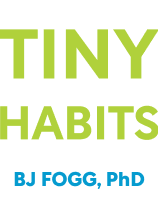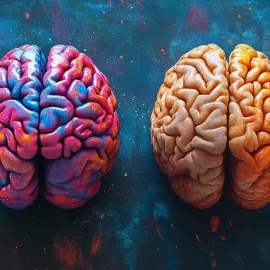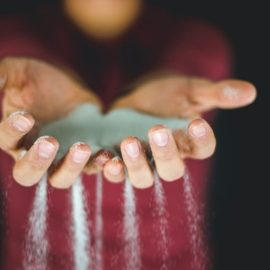

This article is an excerpt from the Shortform book guide to "Tiny Habits" by BJ Fogg. Shortform has the world's best summaries and analyses of books you should be reading.
Like this article? Sign up for a free trial here .
What are the two types of special habits from Tiny Habits? How can you turn a negative trigger into a positive one to become happier?
The two special types of habits from Tiny Habits are “Meanwhile Habits,” and “Pearl Habits.” A Meanwhile Habit is a habit you do while you’re waiting for something to happen and a Pearl Habit is something that starts as a small irritation and grows into something beautiful.
Keep reading to learn more about these two types of habits.
Special Types of Habits
There are a few types of habits that are built on special prompts. “Meanwhile Habits” are small habits that you can use to fill otherwise useless or dead time. “Pearl Habits” are habits that take prompts that would otherwise trigger negative emotions or unhelpful behaviors and turn them into prompts for positive emotions and helpful behaviors.
Meanwhile Habits
You can introduce “Meanwhile Habits” while waiting for something else to happen. For example, you could do a Meanwhile Habit when:
- Standing in line
- Waiting for the shower water to heat
- Waiting at a red light
- Vacuuming the house
In Meanwhile Habits, unlike other types of habits, the prompt is the beginning of a particular situation rather than the end. The purpose of Meanwhile Habits is to fill otherwise empty fragments of time, so these habits will stay tiny rather than growing bigger.
Pearl Habits
Like pearls, Pearl Habits start with an irritation and grow into something beautiful. When creating a Pearl Habit, you convert a periodic annoyance in your environment into the prompt for a positive new habit.
Here’s one example of a Pearl Habit. Behavorialist BJ Fogg had an air conditioner in his bedroom with a noisy thermostat that clicked whenever the A/C turned on and off. This woke him up, which was annoying. Instead of installing a new thermostat, he experimented with using the click as an Anchor reminding him to relax the muscles in his face and neck. Now he’s happy when he hears the click because it’s helping him to sleep rather than waking him up.
Here’s another, more impressive example. Amy was going through an acrimonious divorce in which her husband regularly insulted and verbally assaulted her. She turned her husband’s behavior into a prompt to do something nice for herself.
This changed how she reacted to the insults. She began to accept them with more equanimity, and even welcome them: His bad behavior became an opportunity to watch her favorite movie or book a massage.
Over time, her ex-husband saw that his insults weren’t affecting her anymore, and he gradually stopped behaving badly. The kids, who in the past had had to watch the abuse, also benefited. The relationship between Amy and her ex-husband improved so much that after a few years they worked together to throw their daughter’s graduation party.

———End of Preview———
Like what you just read? Read the rest of the world's best book summary and analysis of BJ Fogg's "Tiny Habits" at Shortform .
Here's what you'll find in our full Tiny Habits summary :
- How you can successfully create new habits that stick
- Why you don't need motivation, just science
- Why even flossing one tooth should be considered a victory






